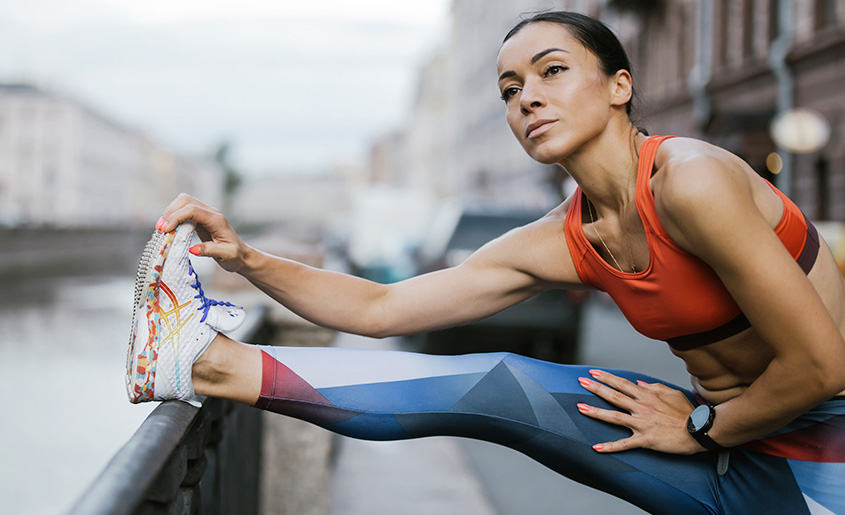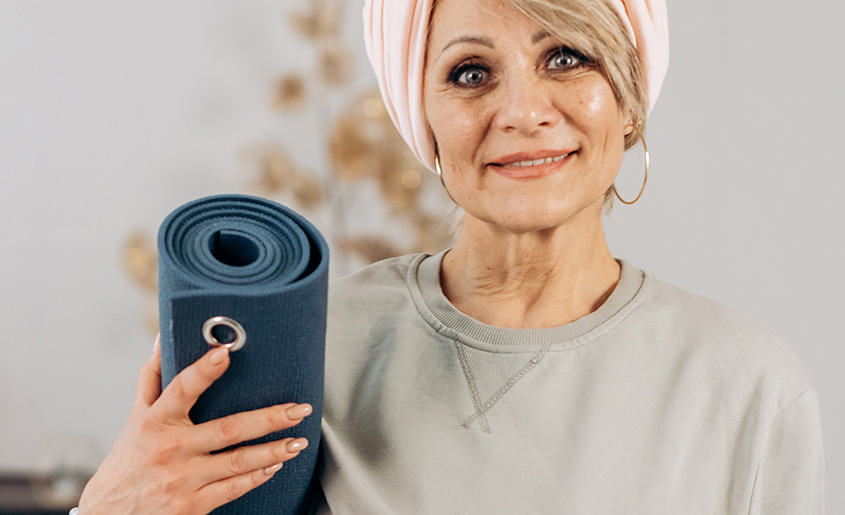20’s
If you’re active and healthy in your younger years, you’re likely to carry on good habits into your older ones. Commit to at least 30 minutes of activity, five times a week. Your body may be strong in your 20’s, but you still need to increase lean muscle and boost your metabolism with strength training. We believe circuit training is a great way of varying your training!
30’s
In your 30’s, your metabolism slows which makes it harder to reach a balance between muscle and fat levels. Perhaps you have a family or work commitments, but nevertheless it’s important that training habits are a part of your everyday life. Try to create a routine that balances high-intensity aerobic activity (like interval training) with strength training. We recommend a weekly Pilates class, which will help you pull muscle up and in!
40's
Your 40’s is when you can really put the groundwork in for good health in the future. Buy a pedometer and ensure that you are walking a minimum of 10,000 steps a day. Aside from daily cardio exercise – with a day off to rest – you want to include resistance training into your schedule. If you’re anxious about picking up the weights, hire a trainer or join a gym class – you don’t want to get injured!
50’s
Most women experience hormonal changes during their 50’s, which can cause an increase in fat around your torso area. Keep your balance by working your core with a stability ball or sign up for a yoga class and workout your mind and body simultaneously. Exercising with low-weight dumbbells will protect your muscles and joints, complementing your cardio schedule.
60’s and on
On entering your “golden age” be sure to take extra good care of your bones! Your body should be challenged, but not exhausted. Swimming and aqua-aerobics are low-impact ways to stay in shape. If you suffer from joint pains, why not try Nordic walking? It’s suitable for all fitness levels. And for balance – essential at this age - Tai chi will improve your strength and flexibility.





